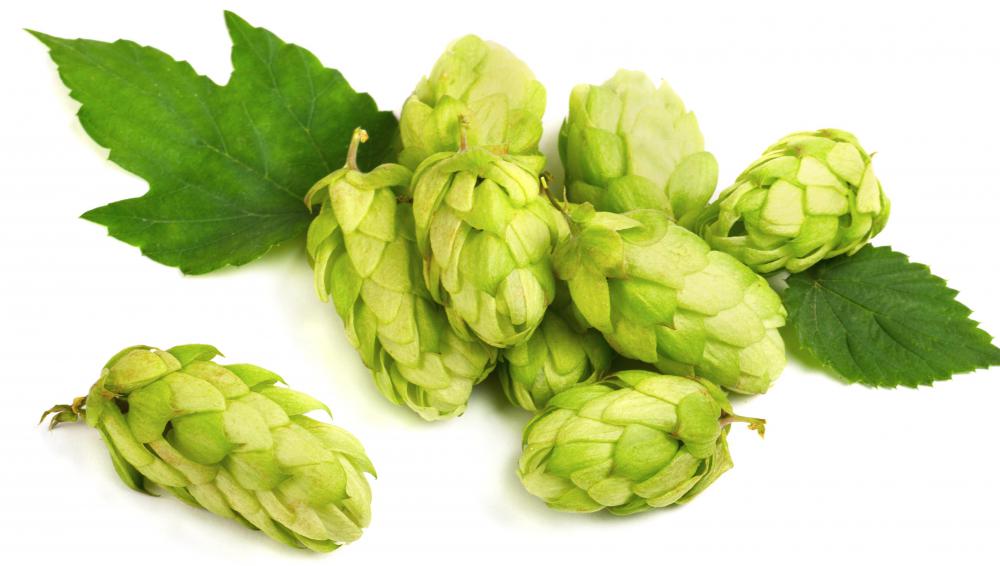At WiseGEEK, we're committed to delivering accurate, trustworthy information. Our expert-authored content is rigorously fact-checked and sourced from credible authorities. Discover how we uphold the highest standards in providing you with reliable knowledge.
What is Cask-Conditioned Ale?
Cask-conditioned ale is an ale which is served fresh, unpasteurized, and unfiltered. The flavor and texture of cask-conditioned ale is quite distinctive; these ales tend to be very creamy and rich, with delicate carbonation and complex flavors. However, cask-conditioned ale also has a very short shelf life, and it must be well cared for if people want to experience the best flavor. As a result, it can be difficult to obtain.
This ale is also sometimes referred to as “real ale,” a reference to the fact that all beers were cask-conditioned for centuries, before the development of pasteurization, kegs, and other techniques used to keep and serve beer. In addition, “real ale” is typically made with all natural ingredients, in the traditional style, making it a favorite of purists. Advocates for real ale often argue that it has a superior flavor and texture to other ales, making it well worth the extra effort involved.

When conventional beers are produced, after their initial fermentation, they are pasteurized and then decanted to kegs for storage and shipping, or bottled. These beers are inert, because the natural yeasts are dead and filtered out, allowing them to keep for an extended period of time on the shelf. However, once bottled or decanted into a keg, such beers will not continue to develop, because of their inert nature.

Cask-conditioned ale, on the other hand, is transferred to a cask after fermentation without being pasteurized. As a result, the yeast in the beer is still active, which means that the beer will continue to ferment as long as it sits in the cask. This is known as “secondary fermentation” or “conditioning.” When people are ready to drink the beer, they tap the cask, allow it to rest so that the sediment can settle and the excess carbon dioxide from fermentation can disperse, and then start serving the beer.
This type of beer cannot be served with the assistance of a gas to maintain pressure, and as a result it must either be poured directly from the cask, or pumped by hand. However, it won't be flat, because the fermentation process produces mild carbonation. Ideally, it will also be served at a cool temperature, as cask-conditioned ale is traditionally stored in the cellar.
Once opened, a container of cask-conditioned ale is on the clock. Within around three days, the beer will turn. Therefore, many pubs prefer not to offer cask-conditioned ale, since they cannot guarantee turnover high enough to use up casks before they go bad. The equipment used to serve the ale must also be routinely cleaned to clear old ale out of the lines, so that customers drink only the freshest available.
In addition to being available in casks, cask-conditioned ale can also be found in the bottle, in which case it is known as bottle-conditioned ale. A distinctive layer of sediment at the bottom of the bottle indicates bottle-conditioning. People should be careful when purchasing bottle or cask-conditioned ales, as fermentation will eventually cause an explosion if the ale isn't drunk promptly; it's a good idea to pay close attention to expiration dates!
AS FEATURED ON:
AS FEATURED ON:












Discuss this Article
Post your comments